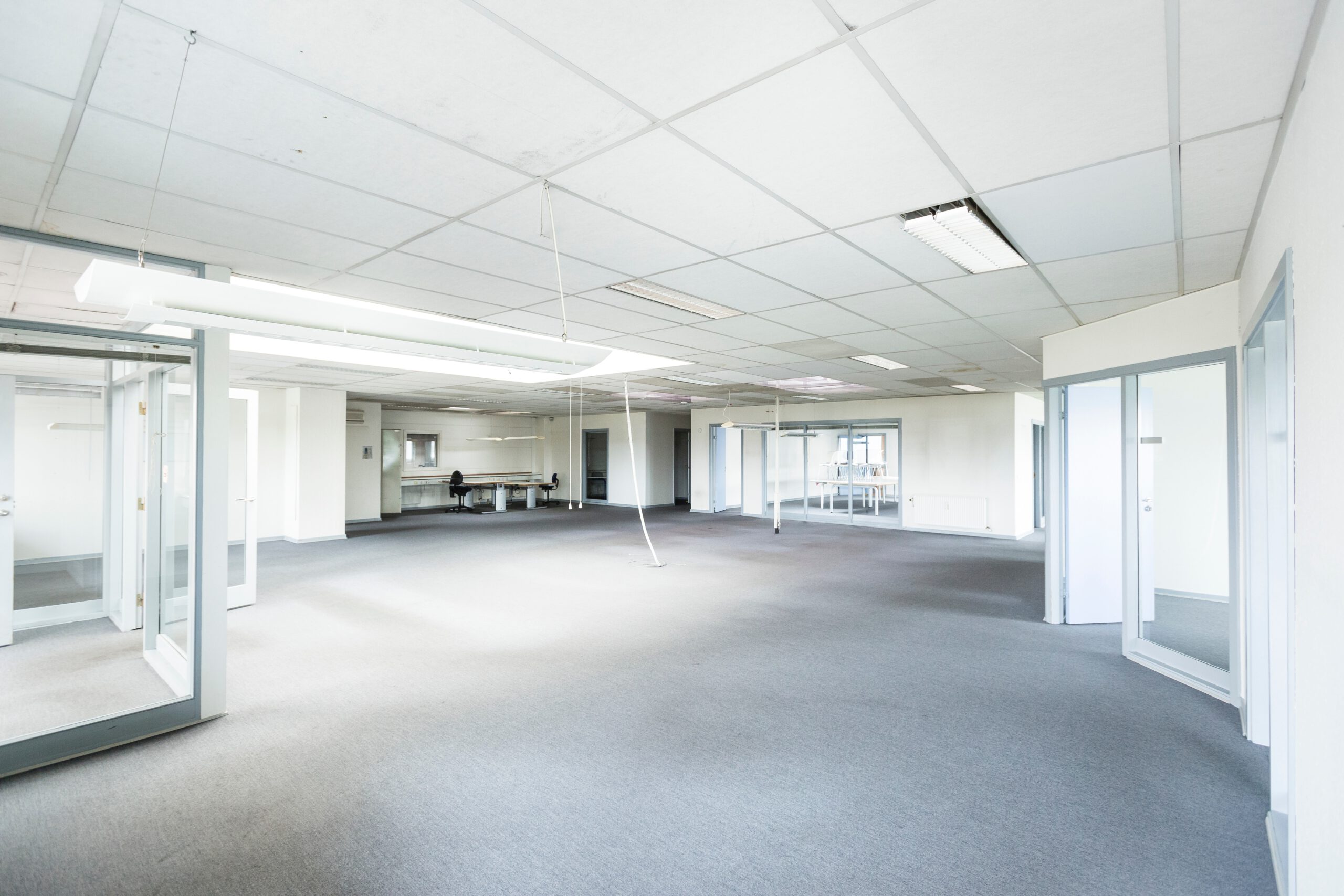What are Acoustical Ceilings used for?
by siteadmin

The acoustic quality of a room can affect communication, comfort, and productivity. Noise is a major complaint. Excessive noise can lead to stress, fatigue, and decreased performance.
Ceilings that absorb or reflect sound reduce echo and reverberation. These ceilings are available in many styles and materials, including polyethylene felts and cementitious wood fibres.
Soundproofing
Acoustical ceilings can reduce reverberation and help people focus. Acoustic ceilings help reduce reverberation and prevent sound from spreading to other areas.
Modern acoustic walls are made of a variety of materials that absorb sound. Mineral fibers have the lowest cost and are most commonly used. Glass fibers may be more expensive, but they are durable and offer superior sound absorption.
Polyethylene felts are another option. Melamine foams, PVC Stretch, and cementitious fibers can also be used. Acoustics are also affected by the shape of panels.
Traditional coffered-ceilings can be updated to match a modern aesthetic using octagonal shapes and larger sections. The style may not be the most acoustically efficient, but it is a great way to enhance modern decor. You can spray it with a color to match the other finishes of the room.
Reduces Stress
Acoustic ceilings can be a good solution for reducing harsh echoes within a space or room. The ceilings also absorb sound, improving the quality of sound in a space. This is what we know as popcorn ceilings.
The acoustic panels are made from a wide range of materials. These ceilings are available in a range of shapes, including tiles, linear panel, baffles and grilles. They also come in a wide variety of fabrics. The NRC (noise-reduction coefficient) and the CAC (ceiling-attenuation class) are measured. The greater the NRC rating the better the sound absorption. There is a thin line between blocking out sound and absorbing it, so make sure you look at both the NRC and CAC rating.
Aesthetically pleasing
Acoustic panels can be used to hide an unfinished ceiling that is unsightly. They will make the ceiling look finished. Acoustic panels come in many different textures, colors and designs, so you can choose the one that best matches your room.
Acoustic ceilings can be installed in any space that needs superior acoustics. They are often used in schools to improve speech clarity. Recording studios and music venues can also benefit from the acoustic control provided by acoustic walls.
The textured, molded ceiling tiles add a cozy feel to any room that has a grid ceiling.
Cover Up Unfinished Ceilings
Acoustical ceilings are a great way to conceal wires, pipes, and other unsightly items. The ceilings are also flexible, allowing for easy access to make repairs or remodel.
Acoustic ceilings are available in a variety of textures and styles. They can be used to enhance any room. A coffered grid looks like wood, and can hide ceiling imperfections.
It is important to take into account the Ceiling Attenuation class and Noise Reduction Class when choosing an acoustic roof. It is important to have a high NRC to prevent echoing and loud environments. A high CAC will stop sound from traveling between rooms.
Safety is Improved by Avoiding Exposed Wiring
Acoustical ceilings, unlike standard ceilings, acoustic tiles separate the visible surface of the ceiling from the space above it (known as the Plenum). This makes it easy to access the ceiling for repairs, wiring and remodeling.
Acoustic ceilings can reduce noise and improve speech clarity in common areas or classrooms. It is crucial to improve speech clarity in the workplace because, according to studies, poor speech clarity can lead to stress and low productivity.
Acoustic ceilings are available in many styles and materials. Mineral fiber ceilings offer a variety of colors and are affordable. The drywall-like appearance of a fiberglass ceiling is enhanced by its better acoustic properties. Woven fabric panels provide a wide range of colors.
https://www.rambuilderservices.com/
Acoustical ceiling contractors
The acoustic quality of a room can affect communication, comfort, and productivity. Noise is a major complaint. Excessive noise can lead to stress, fatigue, and decreased performance. Ceilings that absorb or reflect sound reduce echo and reverberation. These ceilings are available in many styles and materials, including polyethylene felts and cementitious wood fibres. Soundproofing Acoustical…
Recent Posts
- Carpentry as Art: Exploring the Creative Expression of Carpenters
- Mastering the Craft: The Mastery of Materials and Tools by Carpenters
- Tracing the Craft: The Historical Evolution of Carpentry Techniques by Carpenters
- Elevating Interiors: Enhancing Spaces with Crown Molding
- Mastering Crown Molding: Practical Considerations and Installation Tips
